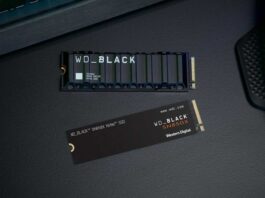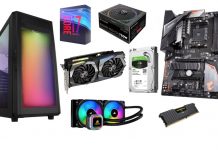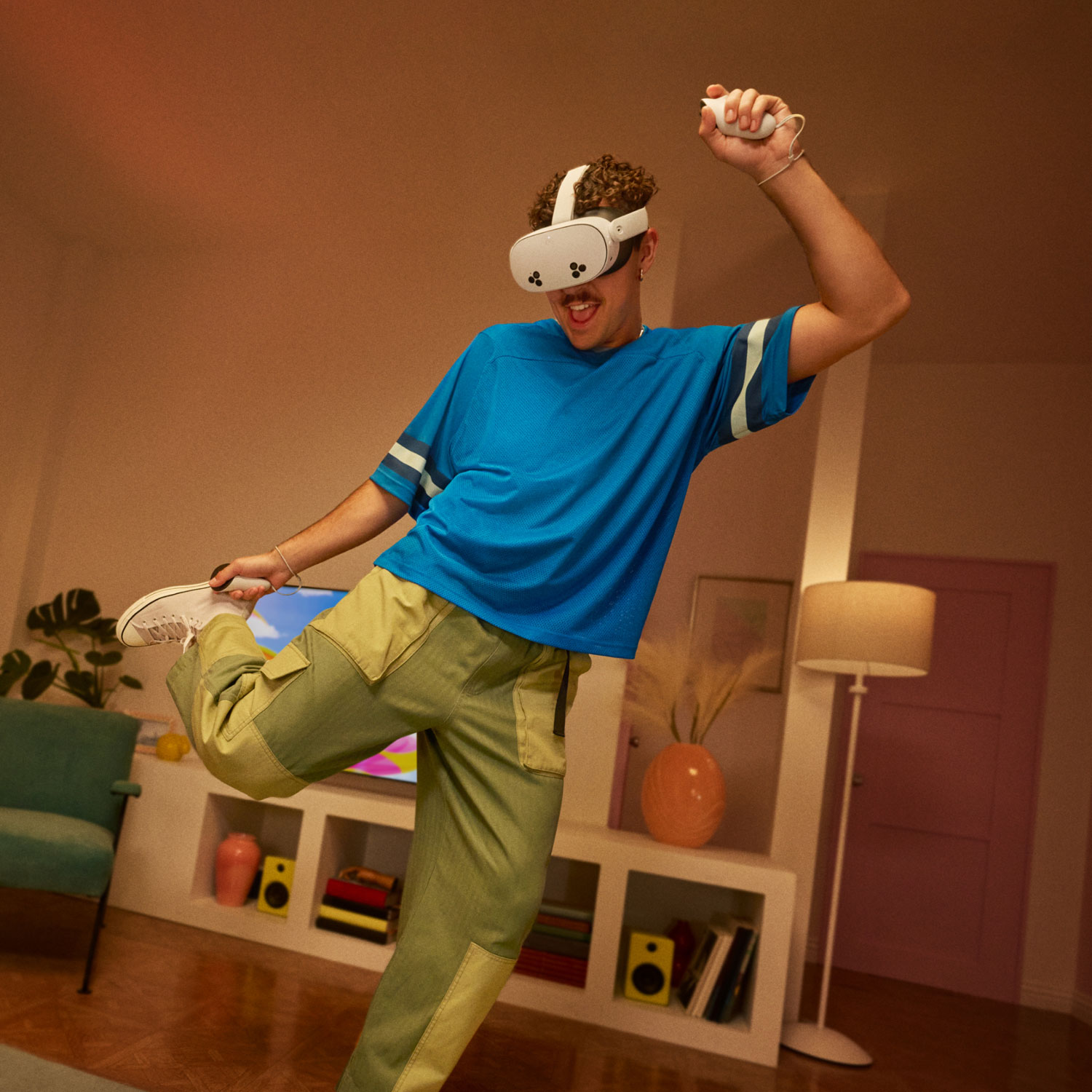
Virtual Reality (VR) and Mixed Reality (MR) headsets have changed how we interact with our digital worlds. Whether you are an experienced user with VR and MR or looking to try the tech for the first time, choosing the right headset for your needs can be a challenge. That’s why we’ve compiled a buyer’s guide to help you make a more informed purchase.
Table of contents
- What key features should you look for in a VR or MR headset?
- Future-proofing and updates
- The realm of VR and MR await
What key features should you look for in a VR or MR headset?
When exploring the world of VR and MR, understanding the essential hardware and software elements can help you make a more informed decision. From optics and sensors to content availability and device compatibility, each factor plays a crucial role in shaping your VR experience. In this guide, we’ll dive into the key hardware features, software capabilities, and other important considerations to weigh before you invest, ensuring you’re fully prepared to choose the best VR setup for your needs.
VR and MR display and optics
When selecting a VR or MR headset, the display and optics are critical to the quality of your immersive experience. Higher-end headsets with ultra-high resolutions provide sharper visuals and faster refresh rates, minimizing motion blur and creating a smoother viewing experience. While these premium headsets, like the Meta Quest 3, come at a higher price, they deliver top-tier performance for serious enthusiasts.
Another essential factor is the field of view (FOV), which significantly affects how immersive the experience feels. A wider FOV, such as the 110-degree field of view on the PlayStation VR2, enhances realism by allowing expansive landscapes and detailed environments to be displayed, making it ideal for games that showcase stunning horizons and far-reaching visuals. A wide FOV helps create a sense of presence, drawing you deeper into virtual worlds.
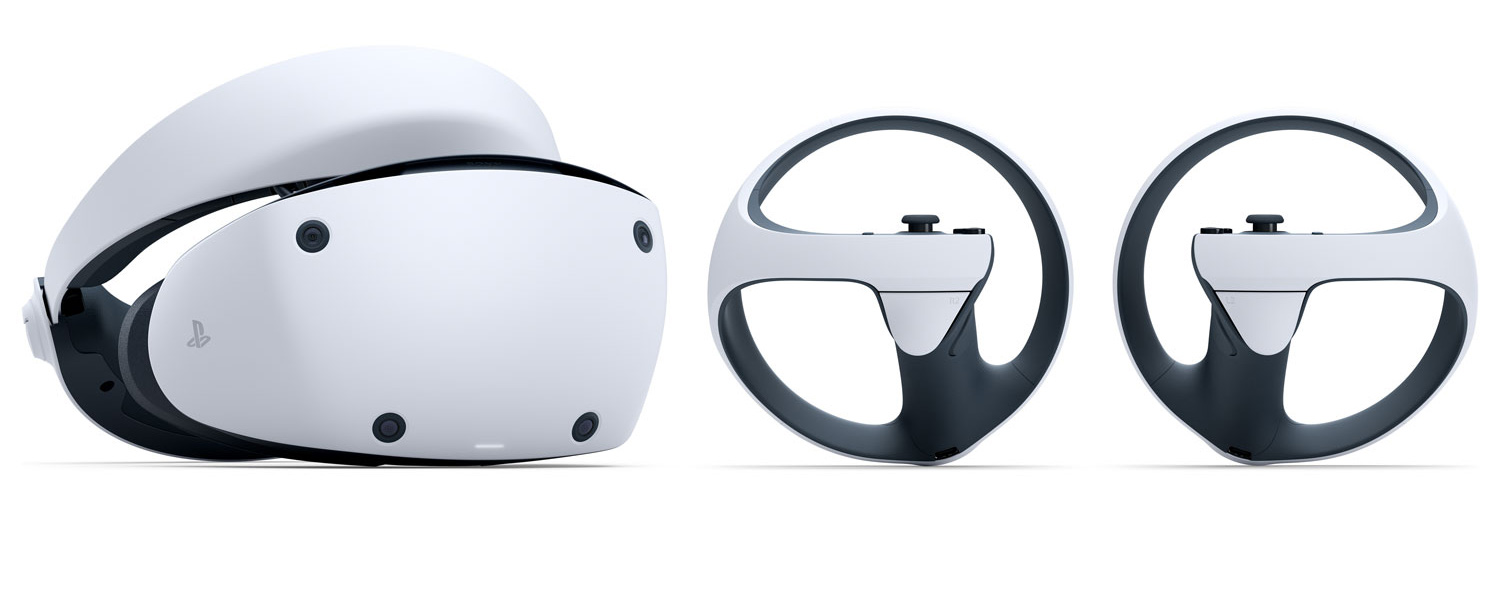
VR and MR lens types
Lens type is another essential factor when deciding on the right VR or MR headset, as it directly influences visual clarity, comfort, and overall cost. Different lenses serve different purposes, and choosing the right one can greatly enhance your experience.
Fresnel lenses, used in headsets like the Meta Quest 3S and PlayStation VR2, can provide a more compact headset design but might exhibit minor artifacts like glare. On the other hand, aspherical lenses offer higher clarity and reduced distortion but tend to be bulkier. Pancake lenses, a newer, ultra-HD option used in headsets like the Meta Quest 3 aim to blend compactness with clarity. The “pancake” technology is more advanced and costly, but it offers an incredible viewing experience in resolution.
The lens type can greatly influence your visual experience, so trying a few options to find the best fit for your personal preference and comfort is beneficial.
VR and MR tracking and sensors
Tracking technology is a key component of any virtual reality experience, as it directly influences immersion and ease of use. “Inside-out” tracking, found in headsets like the Meta Quest 3, uses built-in cameras to monitor your movements, allowing for greater freedom and straightforward setup without the need for external hardware. This type of tracking provides a seamless experience, enabling you to jump into VR without extra setup, making it ideal for users looking for convenience.
Some advanced headsets, like the PlayStation VR2, also feature eye-tracking technology, which detects eye movements and blinks, enabling even more intuitive interactions within virtual environments. This adds a level of realism and control that feels natural, especially in gaming and other interactive applications.
On the other hand, “Outside-In” tracking systems use external sensors positioned around your play area. While they offer precise tracking, these systems often require a more complex setup, with dedicated sensors or cameras strategically placed to capture movements accurately. Although this method can be slightly more affordable, it may not suit users who prefer a quick, hassle-free setup.
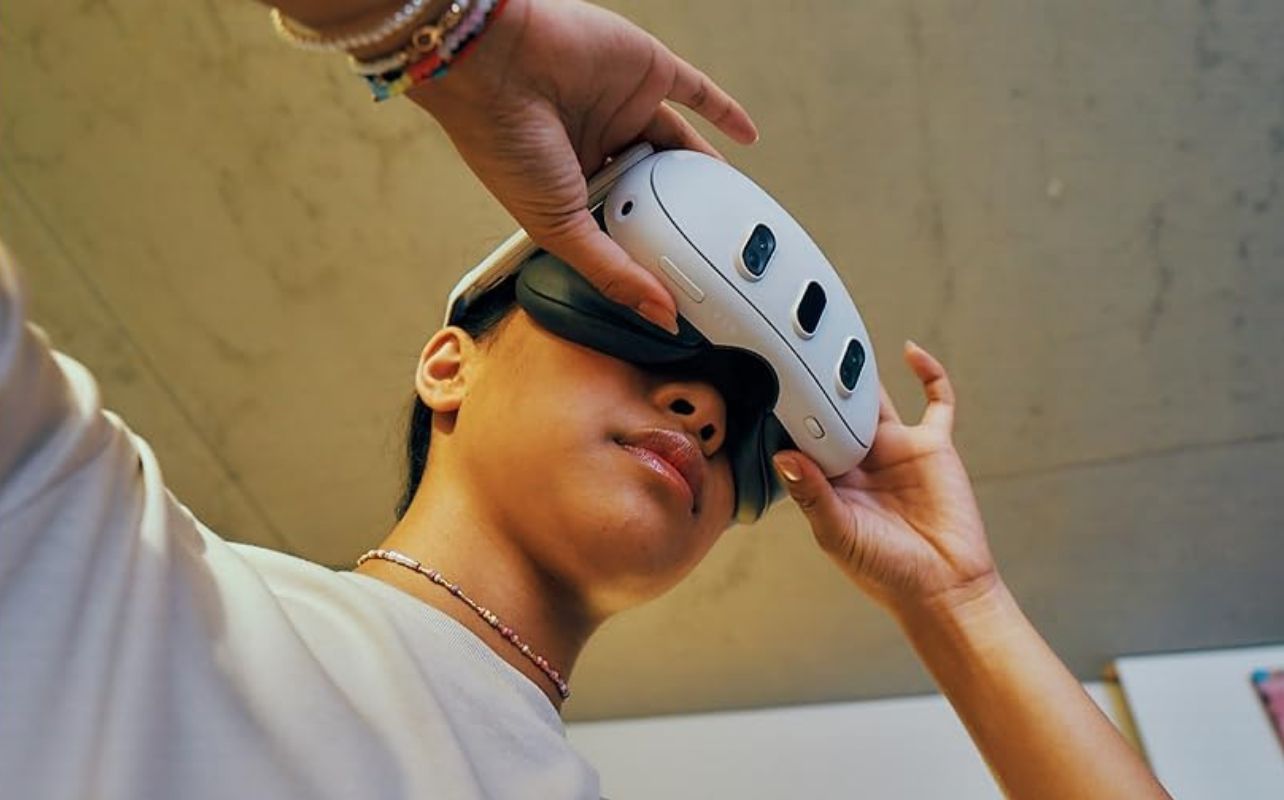
VR and MR headset comfort and ergonomics
Comfort is key for extended use, and a lot of this comes down to how heavy the headset is on your head. When looking at different factors for your purchase, pay attention to the weight and balance of the headset. A well-balanced headset reduces strain on your neck and face, the more comfortable you are, the more you will get out of the device.
Brands like Meta have addressed these needs by offering accessories that enhance comfort, such as breathable or open facial interfaces that reduce heat buildup and increase airflow. These additions can make a big difference, especially for users prone to overheating or those who prefer a more open feel around the face. Selecting a headset that fits comfortably and feels well-balanced ensures a more enjoyable and immersive experience, allowing you to make the most out of your VR or MR device.
Different VR and MR controllers and input methods
Controllers and input methods are critical to your VR or MR experience, especially as they impact interaction, immersion, and setup complexity. Traditional controllers, like those included with the Meta Quest and PS VR2, offer precise input and are favoured by many users, especially for gaming, as they provide tactile feedback and precise control for complex actions.
Some devices also support hand tracking and gesture controls, which enable more intuitive interactions without the need for handheld controllers. This technology creates a natural, hands-free experience, ideal for applications where freedom of movement and immersion are prioritized. However, hand tracking may feel less precise than traditional controllers, especially for gaming.
It’s also essential to consider how each input method fits your space and setup needs. Some systems are more self-contained with wireless controllers, while others might require additional hardware or wired setups that take up more room. For users who enjoy the control and feedback that come with handheld controllers, devices with dedicated VR controllers will likely be the best fit, especially if your primary focus is gaming. Consider the input method that best aligns with your preferences and intended applications to ensure an enjoyable experience.
VR and MR content availability
Content availability is a critical aspect to consider when choosing a VR or MR headset, as each platform has its own library of games and applications. Check the game and app libraries for each headset to ensure they offer the experiences you’re interested in. Exclusive titles can “tip the scale” in the decision-making process, so be sure to research what each platform offers carefully.
When it comes to video games, the Meta Quest 3 boasts exclusive titles like Asgard’s Wrath 2, Assassin’s Creed Nexus VR, and Batman: Arkham Shadow, which appeal to fans of action and adventure. Meanwhile, the PSVR 2 provides an exclusive experience for PlayStation users with highly acclaimed games like Gran Turismo 7, Horizon Call of the Mountain, and Resident Evil 4, which bring immersive, high-quality visuals and gameplay.
Different VR and MR platforms have unique libraries and exclusive games, so choosing a headset with a content library that aligns with your interests will ensure you get the most out of your device.
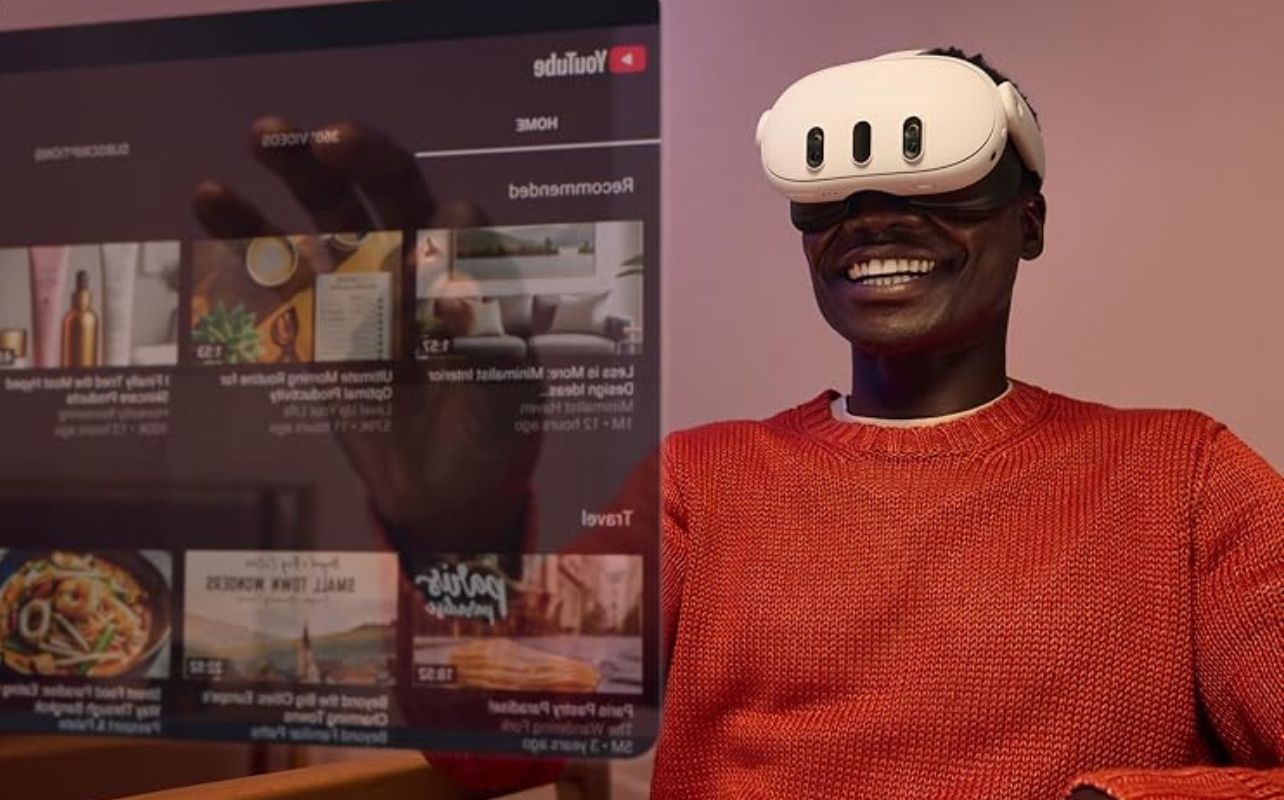
Performance and hardware requirements
Performance and hardware requirements are key considerations when choosing a VR or MR headset, especially as they directly affect the smoothness and quality of your experience. Tethered headsets require a powerful PC or other external hardware to run smoothly. Check the specifications for optimal performance and research what is needed for your preferred VR platform. The PS VR2, for example, requires a PlayStation 5 console or PC (with an adaptor) to operate. This setup typically enables more graphically demanding applications but requires a compatible device, so checking the system specifications for optimal performance is essential.
Whereas, standalone headsets like the Meta Quest 3, have built-in processors and graphics, offering a more portable solution. Ensure your hardware meets the requirements for the best experience. These headsets offer greater portability and a wire-free experience, making them ideal for users who prioritize convenience and mobility. However, standalone headsets may have limitations on processing power compared to tethered setups.
Consider the types of applications you plan to run and ensure your hardware is compatible with your chosen VR platform. A powerful PC or console might be necessary for high-end gaming, while a self-contained headset can provide flexibility for on-the-go experiences.
Software and ecosystem
The software ecosystem and cross-platform compatibility for your VR and MR hardware can enhance your experience and increase the life of your device. Look for headsets that support various applications and offer regular software updates. For example, the Meta platform is known for its diverse library of games and applications, along with frequent updates that enhance functionality and add new features. Exciting exclusive titles like Batman: Arkham Shadow on the Quest platform make Meta’s ecosystem particularly appealing for VR enthusiasts.
Cross-platform compatibility is also valuable, as it allows you to expand your headset’s functionality across multiple devices. The PS VR2, for instance, supports numerous PC VR titles if you purchase the optional adaptor, opening up a wider selection of experiences beyond the PlayStation library. Choosing a headset with a flexible software ecosystem and cross-device compatibility can significantly enhance its value, ensuring access to the latest content and features for a longer-lasting experience.
For a deeper dive into the latest advancements in VR technology and immersive experiences, be sure to check out this blog article: Explore the latest in VR technology and immersive experiences.
Future-proofing and updates
Finally, consider ways of future-proofing your investment. One of the best ways is to look at your use case; if you want a high-end experience with games and apps, the Meta Quest 3 can keep up with many demanding VR applications. Look for headsets that offer software updates and the potential for expansion and upgradability. The Meta VR platform sees this on a regular basis, especially with the announcement of the new Meta Quest 3S and a selection of new accessories.
Similarly, the PlayStation VR2 offers ongoing updates and a growing library of exclusive titles, along with additional accessories that enhance the gaming experience. Making these important decisions helps to ensure you have a suitable device that will remain relevant and capable of handling new content and features as they become available.
The realm of VR and MR await
The realm of VR and MR awaits, offering endless possibilities for immersive experiences. Choosing the right headset is an exciting journey, and it’s essential to weigh key factors such as display quality, tracking technology, comfort, and content availability. By understanding these elements, you can make an informed decision that aligns with your preferences and usage needs.
Take the next step

For a wide selection of VR and MR headsets, accessories, and more, visit Best Buy’s Virtual Reality section. Enjoy your journey into the world of virtual and mixed reality!
Read more great articles about VR to help you decide which one is right for you.



































